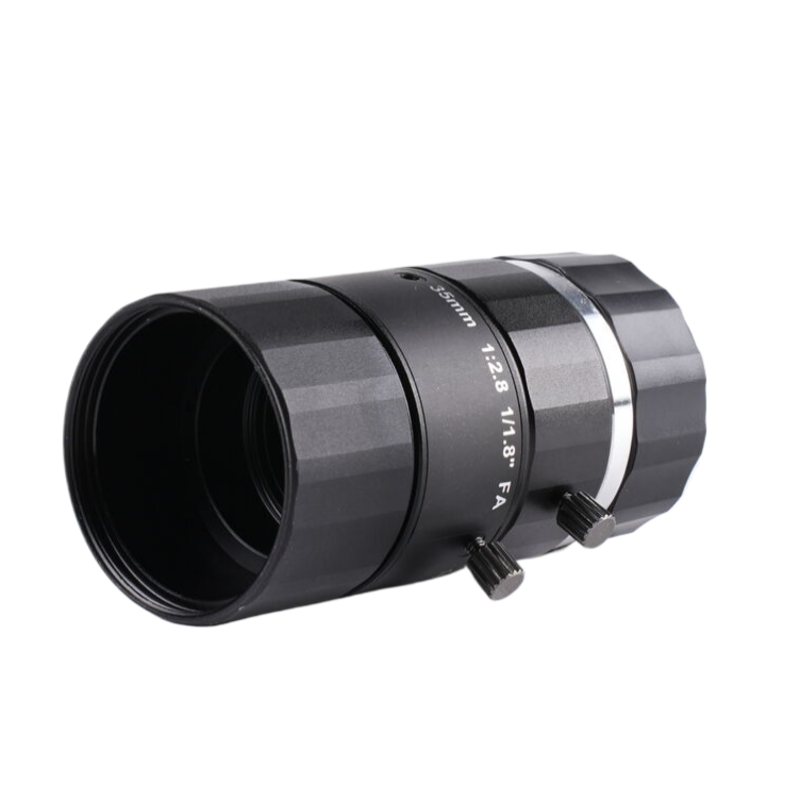Company News
The vast expanse of the world's oceans has always posed a significant challenge for monitoring and security. Traditional methods often fall short in providing comprehensive coverage and real-time data. However, the advent of underwater surveillance cameras is revolutionizing marine monitoring and security. Here’s a detailed look at how these cutting-edge devices are transforming our approach to underwater surveillance:

1. Enhanced Environmental Monitoring
Underwater surveillance cameras play a crucial role in environmental conservation. These cameras provide real-time footage and continuous monitoring of marine ecosystems, allowing scientists to study marine life and habitats with unprecedented detail. They can track the health of coral reefs, monitor fish populations, and detect changes in water quality, all of which are essential for preserving our oceans.
2. Advanced Security for Coastal Areas
Security is a growing concern for coastal regions, especially with the increase in illegal activities such as smuggling and unauthorized fishing. Underwater surveillance cameras are equipped with high-definition imaging and advanced motion detection technology, making it easier to identify and track unauthorized vessels and divers. This capability helps authorities to respond quickly to potential threats, ensuring the safety and security of coastal areas.
3. Support for Marine Research
Marine researchers benefit immensely from the deployment of underwater surveillance cameras. These cameras can be placed in remote or hard-to-reach areas, providing valuable data without the need for constant human presence. Researchers can observe the behavior of marine species, study migration patterns, and gain insights into underwater geology. This continuous data collection is invaluable for advancing our understanding of the marine environment.
4. Oil and Gas Industry Applications
The oil and gas industry relies heavily on underwater infrastructure for exploration and extraction. Underwater surveillance cameras are instrumental in inspecting pipelines, rigs, and other underwater installations. They can detect leaks, structural damage, and potential hazards, ensuring the integrity and safety of these critical structures. Regular monitoring helps prevent environmental disasters and enhances operational efficiency.
5. Shipwreck and Salvage Operations
Underwater surveillance cameras have become essential tools in shipwreck exploration and salvage operations. These cameras provide clear visuals of underwater wrecks, helping divers navigate and assess the site accurately. They can also be used to locate valuable artifacts and ensure the safety of salvage operations by monitoring conditions in real-time.
6. Enhancing Port and Harbor Security
Ports and harbors are vital nodes in global trade, making them potential targets for criminal activities. Underwater surveillance cameras enhance port security by monitoring underwater areas for suspicious activities such as smuggling or sabotage. These cameras can be integrated with surface security systems, creating a comprehensive security network that covers both land and underwater environments.
7. Aquaculture Management
The aquaculture industry, responsible for a significant portion of the world's seafood supply, benefits from underwater surveillance cameras by monitoring fish farms. These cameras help farmers keep track of fish health, feeding patterns, and potential threats from predators. Continuous monitoring ensures optimal conditions for aquaculture, leading to increased productivity and sustainability.
8. Tourism and Recreational Diving
Underwater surveillance cameras also enhance tourism and recreational diving experiences. Live feeds from these cameras can be streamed to visitors, providing them with an immersive underwater experience without getting wet. For divers, these cameras offer an added layer of safety by monitoring dive sites and ensuring that conditions are suitable for diving activities.
9. Educational Outreach
Educational institutions and organizations use underwater surveillance cameras to bring the wonders of the ocean to classrooms and public exhibitions. Live footage and recorded videos from these cameras can be used in educational programs, inspiring the next generation of marine scientists and raising awareness about the importance of ocean conservation.
10. Integration with AI and Data Analytics
The integration of underwater surveillance cameras with artificial intelligence (AI) and data analytics is a game-changer for marine monitoring. AI algorithms can analyze the footage in real-time, identifying species, tracking movements, and detecting anomalies. This automated analysis reduces the workload for human operators and increases the accuracy and efficiency of marine monitoring efforts.
In conclusion, underwater surveillance cameras are transforming marine monitoring and security by providing enhanced visibility, real-time data, and advanced analytical capabilities. From environmental conservation to industrial applications and public safety, these cameras are essential tools for protecting and understanding our oceans. As technology continues to advance, the potential for underwater surveillance cameras to further revolutionize marine monitoring and security is limitless.
 English
English  German
German Japanese
Japanese Korean
Korean Vietnamese
Vietnamese French
French Spanish
Spanish भारत
भारत



